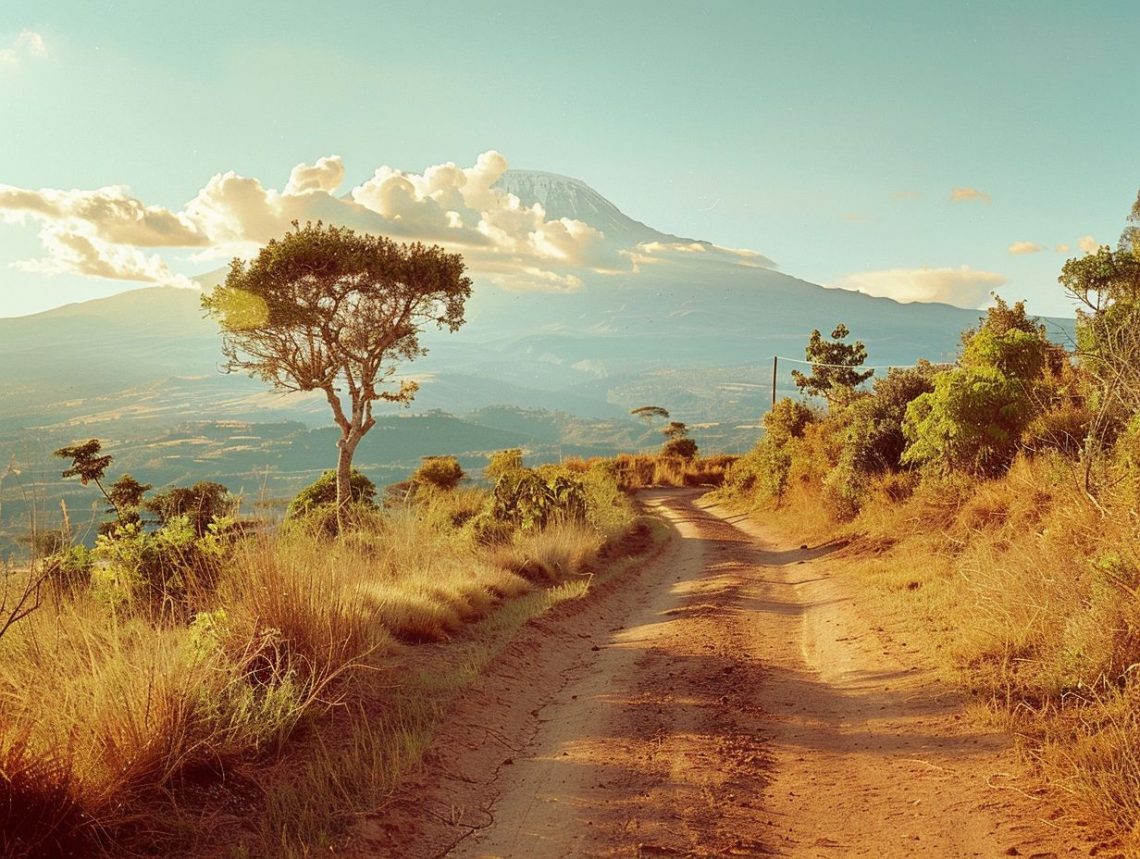
Avoid The Crowds On Kilimanjaro
If you’re planning a trek up Africa’s highest peak, Kilimanjaro, it’s essential to consider the impact of crowds on your experience.
We’ll explore the reasons why avoiding crowds on Kilimanjaro is important, including safety concerns, environmental impact, and personal enjoyment.
Find practical tips on how to steer clear of the masses, such as choosing a less popular route, planning your trip during the off-season, and hiring a private guide.
By avoiding the crowds, you can ensure a safer, more enjoyable climb with a smaller environmental footprint and the opportunity for a more personalized and unique experience.
Let’s discover the benefits of a less crowded Kilimanjaro expedition.
Key Takeaways:
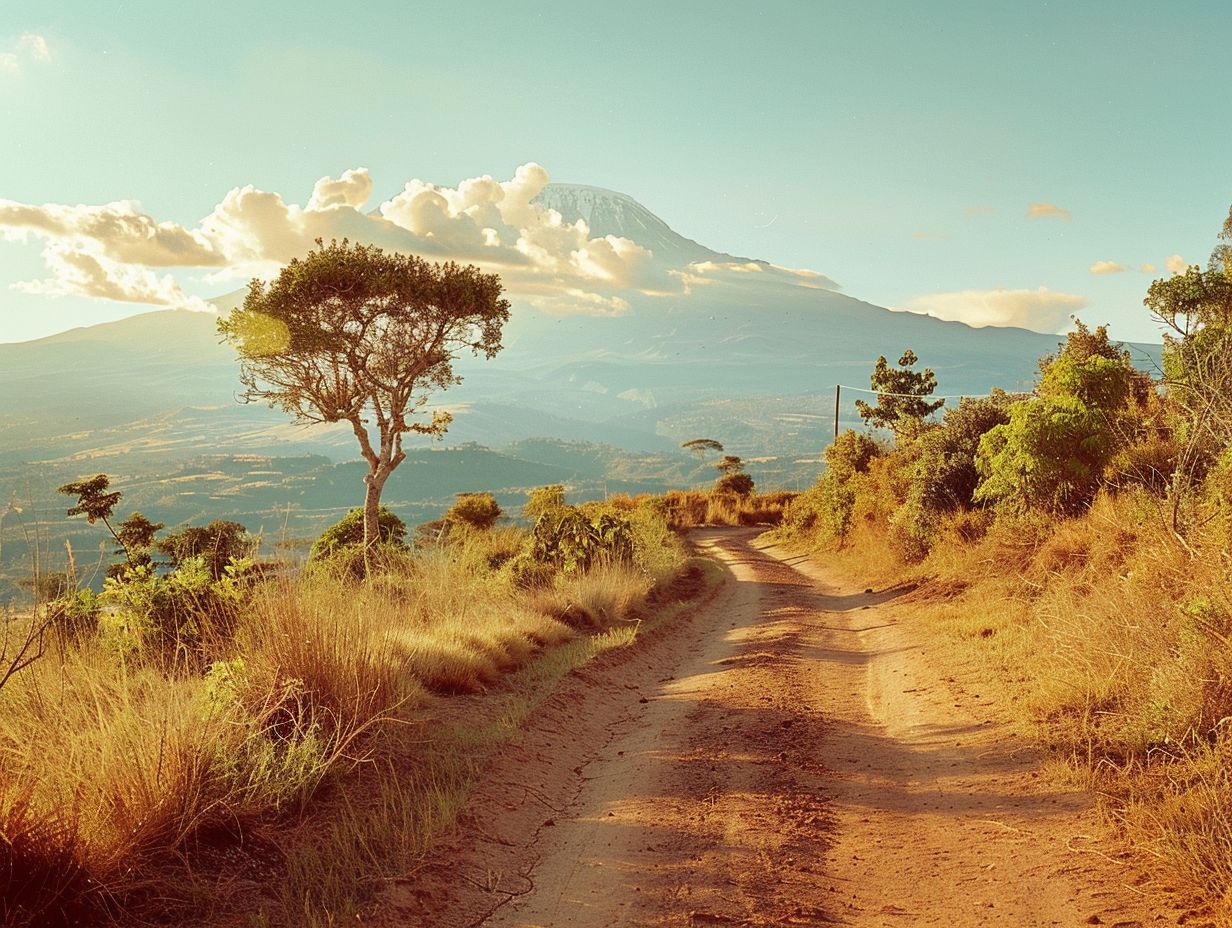
- Choose a less popular route, plan your trip during off-season, or hire a private guide to avoid crowds on Kilimanjaro.
- Avoiding crowds on Kilimanjaro leads to a safer and more enjoyable experience, better environmental impact, and more personalized attention and service.
- Starting your climb early can also help you avoid crowds and provide unique and authentic experiences on Kilimanjaro.
Why is it Important to Avoid Crowds on Kilimanjaro?
Avoiding crowds on Kilimanjaro is essential for several reasons, including safety concerns, minimizing the environmental impact, and ensuring a more personal and enriching experience.
1. Safety Concerns
Safety concerns arise when climbing Kilimanjaro due to overcrowding, especially during peak seasons or full moon ascents.
Having a large number of climbers on the mountain increases the risk of accidents, delays, and exhaustion.
These factors can compromise the safety of the climbers and detract from the enjoyment of the experience.
Proper scheduling is crucial to managing these risks, ensuring that climbers have sufficient time to acclimatize and rest.
The availability of well-equipped support services, including knowledgeable guides and porters, plays a vital role in enhancing safety and comfort during the ascent.
2. Environmental Impact
The environmental impact of overcrowding on Kilimanjaro can be mitigated by choosing alternative camps, planning treks during the less crowded rainy season.
Overcrowding can lead to soil erosion, loss of vegetation, and disruption of wildlife habitats, jeopardizing the delicate balance of the mountain’s ecosystem.
By spreading visitors across various campsites, the pressure on specific areas can be reduced, allowing nature to regenerate and thrive.
Scheduling treks during the rainy season eases congestion and provides a unique experience amidst the misty landscapes.
Embracing eco-friendly practices such as waste reduction, limiting carbon footprint, and supporting local conservation efforts.
2. Personal Experience
Choosing to avoid crowds on Kilimanjaro can enhance the overall experience by providing a more intimate and adventurous trek.
Personal accounts often reflect the transformative power of sharing such a unique experience with a smaller group.
One enthusiastic adventurer described how the quieter ascent allowed for unhurried moments of reflection and connection with the surroundings.
The immersive nature of a less crowded climb on Kilimanjaro can heighten the natural beauty of the landscape.
This kind of experience can truly be soul-stirring, offering a sense of achievement and tranquility in equal measure.
For those seeking a more personalized journey, reserving a spot on a less populated route can bring a greater sense of freedom and flexibility.
How to Avoid Crowds on Kilimanjaro?
Avoiding crowds on Kilimanjaro is achievable through strategic planning, such as choosing less popular routes, scheduling trips during off-peak seasons, opting for private guides, joining small group tours, and commencing climbs early in the day.
1. Choose a Less Popular Route
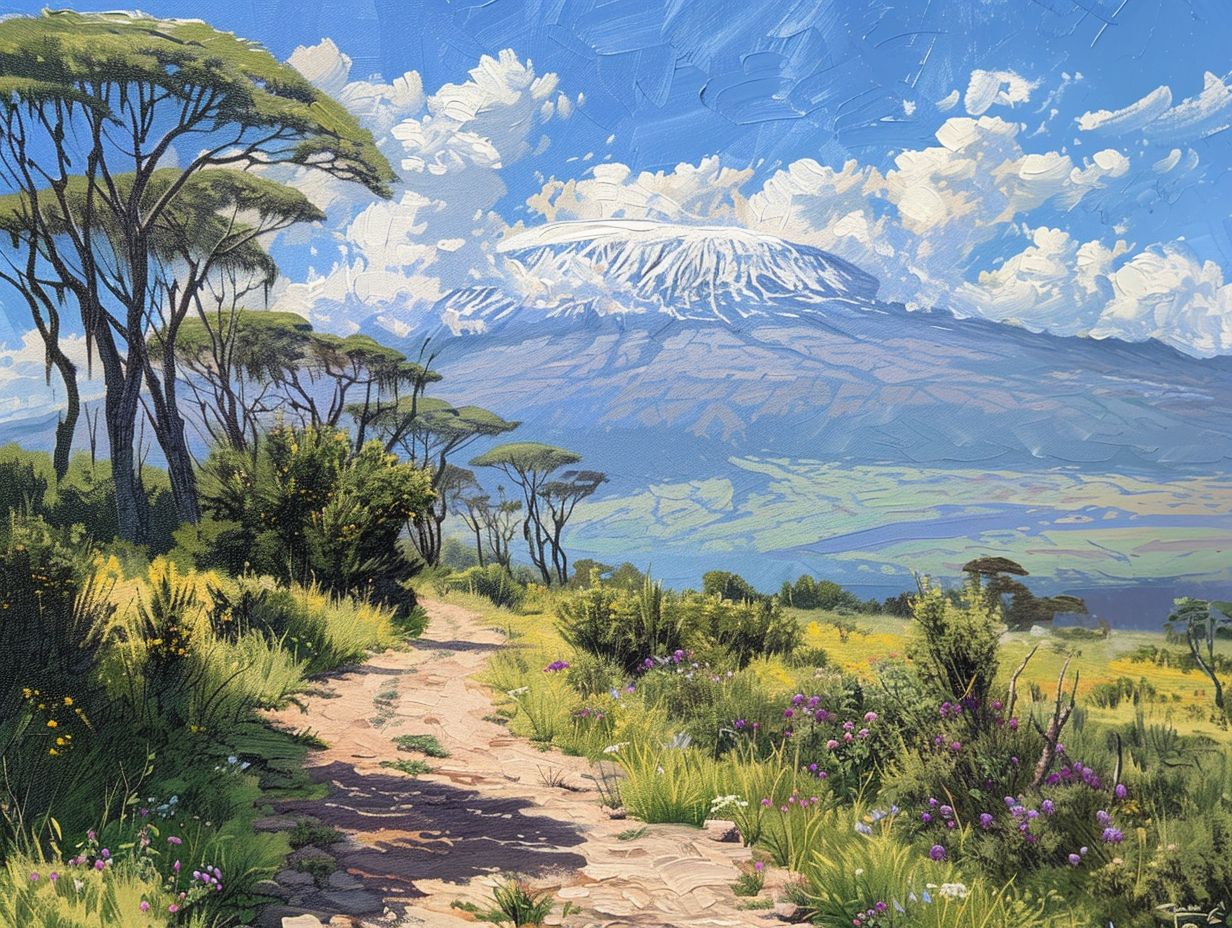
Selecting a less popular route like Lemosho, Rongai, Umbwe, or Northern Circuit can significantly reduce encounters with crowds, offering a more secluded and adventurous journey up Mount Kilimanjaro.
Each of these routes has its own unique features that cater to different preferences and levels of adventure seekers.
For example, the Lemosho route, known for its scenic beauty, provides a gradual ascent, allowing trekkers to acclimatize effectively.
On the other hand, the Rongai route showcases diverse landscapes and a sense of wilderness.
Umbwe, although considered more challenging due to its steep terrain, appeals to those looking for a thrilling.
Meanwhile, the Northern Circuit route offers panoramic views and a longer duration, perfect for a more immersive experience.
2. Plan Your Trip During Off-Season
Scheduling your Kilimanjaro ascent during the off-season, such as the rainy season or shoulder periods like October 2020, can help avoid overcrowding and provide a more tranquil and personalized climbing experience.
Opting to climb Kilimanjaro during these less popular times offers a quieter journey and increases the chances of securing permits and better accommodation options.
The mountain is not as crowded, allowing for a deeper connection with nature and the surroundings.
The off-peak seasons often bring lower costs for flights and accommodations, making it a more budget-friendly choice for avid climbers.
3. Hire a Private Guide
Opting for a private guide when climbing Kilimanjaro ensures individualized attention, personalized itineraries, and greater flexibility in booking arrangements.
Private guides play a crucial role in guiding climbers, providing valuable insights, safety assurance, and personalized support throughout the journey.
With their expertise and local knowledge, guides can customize the experience based on your preferences, skill level, and pace, ensuring a memorable and fulfilling expedition.
Having a private guide means you can avoid the hustle of managing logistics and focus solely on enjoying the breathtaking scenery and conquering the summit.
4. Join a Small Group Tour
Embarking on a small group tour to Kilimanjaro allows for shared experiences with like-minded adventurers and minimizes the impact of large crowds.
One of the key advantages of opting for a group tour when climbing Kilimanjaro is the ability to forge lasting friendships with fellow travelers in a close-knit setting.
Sharing the challenges and triumphs of the climb with others enhances the overall experience and provides a support system throughout the journey.
Group dynamics often bring diverse perspectives and skills to the expedition, enriching the adventure.
5. Start Your Climb Early
Initiating your ascent on Kilimanjaro at the earliest possible time can help you stay ahead of the crowds, enjoy quieter trails and witness breathtaking sunrises.
Starting early can not only provide you with less crowded paths but it also maximizes your chances of seeing the magical sunrise views.
The Machame route offers a more gradual ascent, allowing for better acclimatization and higher summit success rates.
By setting off early, you also have the advantage of tackling the most challenging parts of the climb during the cooler hours of the day.
What Are the Benefits of Avoiding Crowds on Kilimanjaro?
Avoiding crowds on Kilimanjaro offers numerous advantages, including a safer and more enjoyable climbing experience, reduced environmental impact, personalized attention from porters and guides, and the opportunity for unique and authentic adventure experiences.
1. Safer and More Enjoyable Experience
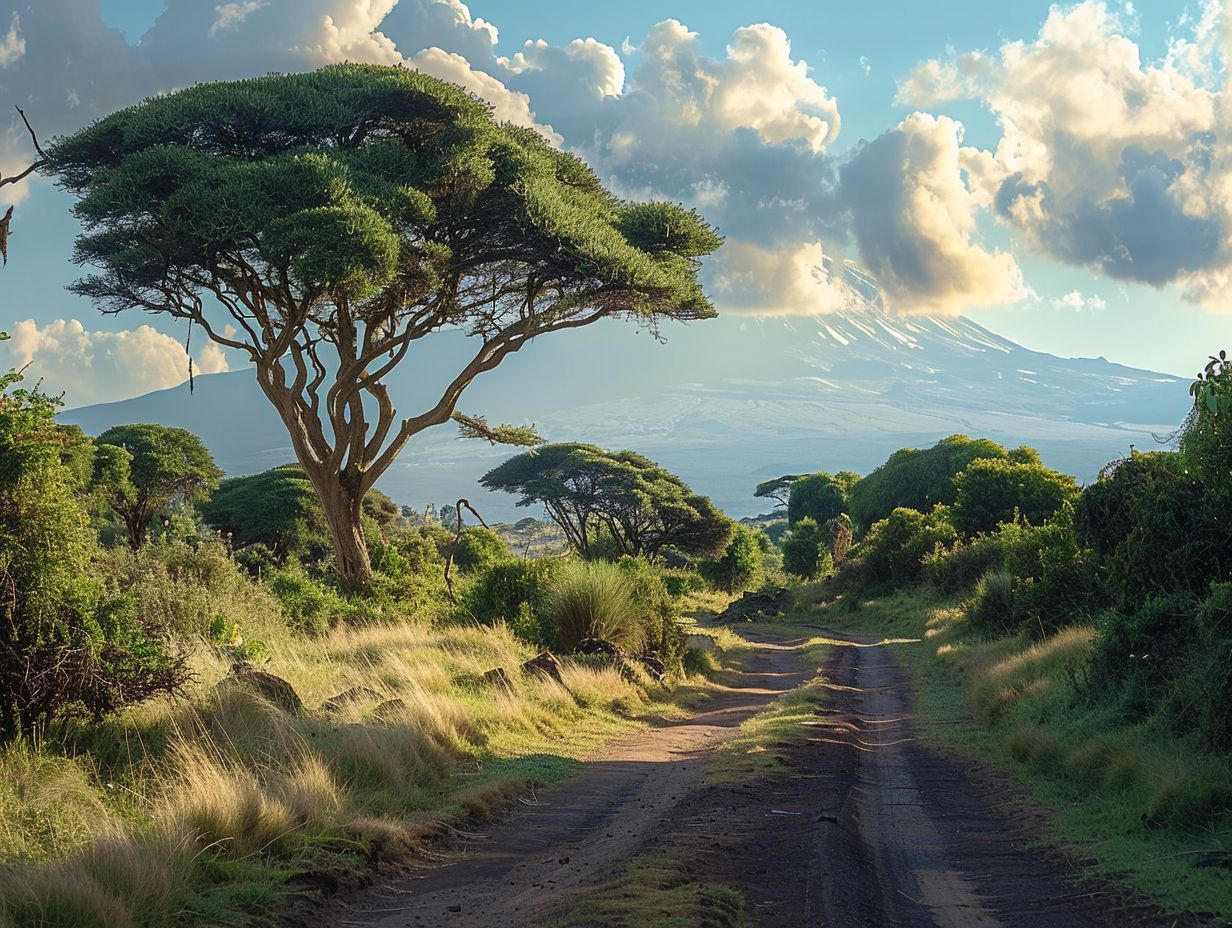
Avoiding crowds on Kilimanjaro enhances safety and enjoyment by reducing potential hazards, overcrowding risks, and ensuring a more immersive adventure for thrill-seeking climbers aiming for the summit.
With fewer crowds, climbers can better focus on their surroundings, maintain a steady pace, and reduce the likelihood of accidents or altitude-related issues.
This quieter, less congested climb allows adventurers to appreciate the breathtaking views, connect with nature, and truly savor the journey towards the peak.
The lack of crowds also fosters a sense of tranquility and solitude, offering a unique opportunity for introspection and personal growth amidst the rugged beauty of Kilimanjaro.
The unobstructed paths and sparser campsites contribute to a more serene and contemplative hiking experience.
2. Better Environmental Impact
By avoiding crowds on Kilimanjaro, climbers contribute to a better environmental impact, minimizing waste, preserving natural habitats, and promoting sustainable trekking and camping practices for future adventurers.
Minimizing interaction with wildlife and respecting the natural environment safeguards the biodiversity of the region and sets a positive example for others.
Through practicing Leave No Trace principles and choosing eco-friendly gear, trekkers can minimize their carbon footprint and leave behind a lighter impact on the earth.
3. More Personalized Attention and Service
A less crowded Kilimanjaro climb ensures climbers receive personalized attention and service from dedicated porters and guides, fostering a deeper connection with the mountain, enriching the overall adventure experience.
Individualized support on less crowded climbs allows climbers to truly immerse themselves in the natural beauty and challenging terrain.
This personalized approach not only enhances safety but also offers a profound sense of accomplishment as climbers conquer the mountain at their own pace.
Porters and guides play a pivotal role in creating a supportive and enriching environment for climbers, sharing their expertise, stories, and cultural insights along the way.
These dedicated professionals not only assist with logistical support but also encourage experiential learning, making the climb more than just a physical challenge.
4. Opportunity for Unique and Authentic Experiences
Choosing to avoid crowds on Kilimanjaro opens up possibilities for unique and authentic experiences, including exploring alternative camps, encountering diverse landscapes, and immersing in the true spirit of adventure sought by modern adventure seekers.
By venturing off the beaten path and opting for less frequented routes, travelers can delve into off-the-grid adventures that are truly extraordinary.
These alternative camps not only offer tranquility and solitude but also present a chance to connect with nature on a deeper level.
Picture waking up to the sound of untouched wilderness, far from the bustle of conventional touristic spots.
Each turn in the trail unveils a new wonder, from hidden waterfalls to untouched valleys, creating a sense of exclusivity that resonates with individuals.
These less crowded environments provide a canvas for creating lasting memories and forging bonds with fellow adventurers who share a passion for unconventional journeys.
Conclusion
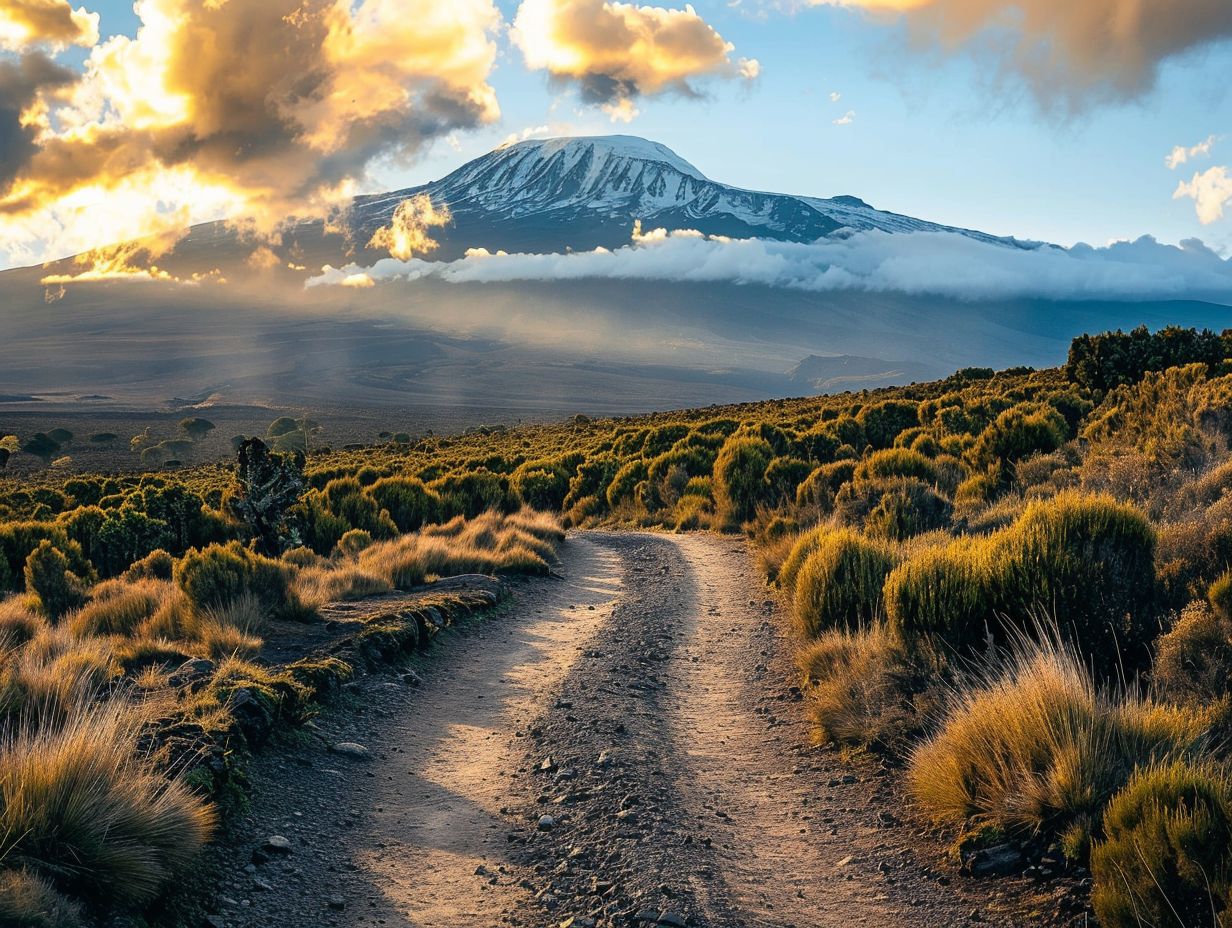
Avoiding crowds when climbing Kilimanjaro can transform a routine ascent into a remarkable adventure, offering unparalleled vistas, authentic connections with the Tanzanian landscapes.
The serenity found in the less traveled paths allows for a deeper connection with the natural beauty of Kilimanjaro, granting hikers an enriched appreciation for the flora and fauna that call this majestic mountain home.
With fewer climbers around, one can immerse themselves in the peaceful ambiance and truly absorb the grandeur of the surroundings, undisturbed by the noise and hustle of larger groups.
Frequently Asked Questions
1. What is the best time to avoid the crowds on Kilimanjaro?
A: The best time to avoid the crowds on Kilimanjaro is during the low season, which is generally from March to May and November to December.
2. How can I avoid crowds on Kilimanjaro while still having a good trekking experience?
A: You can avoid crowds on Kilimanjaro by choosing a less popular route such as the Lemosho or Rongai routes, or by scheduling your trek during the weekdays instead of weekends.
3. Are there any specific months to avoid when planning to climb Kilimanjaro?
A: The peak season for climbing Kilimanjaro is from June to October, so it is best to avoid these months if you want to avoid the crowds. However, this is also the best time for clear weather and great views.
4. Can I still have a safe trek on Kilimanjaro if I avoid the crowds?
A: Yes, your safety on Kilimanjaro is not compromised by avoiding the crowds. As long as you are well-prepared and have a knowledgeable guide, you can have a safe and enjoyable trek on any route.
5. Is it possible to have a private trek on Kilimanjaro and avoid the crowds completely?
A: Yes, you can have a private trek on Kilimanjaro by booking with a private trekking company and choosing a less popular route. This will ensure that you have a more personalized experience and avoid the crowds.
6. Are there any alternative activities I can do on Kilimanjaro to avoid the crowds?
A: Yes, you can opt for activities such as a day hike or camping at a lower altitude, which will allow you to explore the area without encountering many crowds. You can also consider visiting during the off-season when there are fewer tourists.